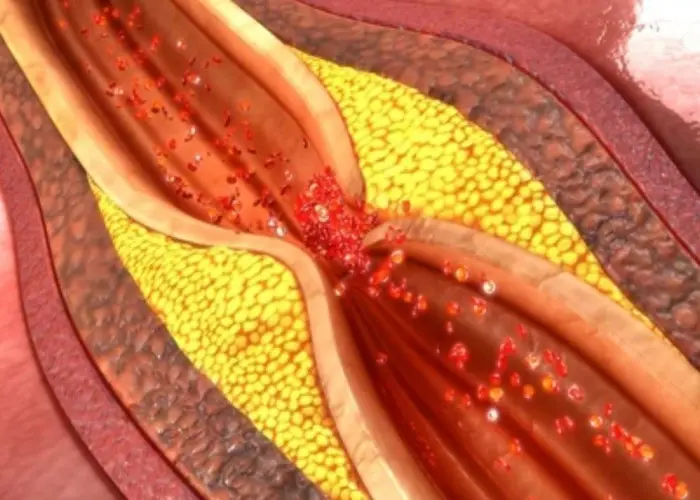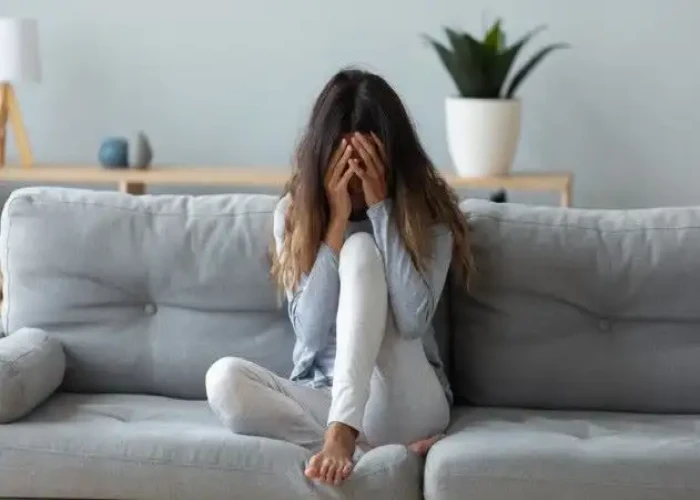 Welcome
Welcome
“May all be happy, may all be healed, may all be at peace and may no one ever suffer."
Separation anxiety disorder

Separation anxiety disorder (SAD) is a mental health disorder that is characterized by excessive and persistent fear or distress when faced with actual or anticipated separation from an attachment figure, such as a parent, caregiver, or other loved one. This fear or distress must be developmentally inappropriate and last for at least 4 weeks in children and adolescents, or 6 months or more in adults.
Symptoms of SAD may include:
- Refusal or reluctance to go to school or work
- Difficulty sleeping alone or sleeping away from the attachment figure
- Recurrent nightmares with themes of separation
- Repeated complaints of physical symptoms, such as headaches or stomach aches, when separation is anticipated or occurring
- Clinging or following the attachment figure excessively
- Panic or tantrums when separation is imminent or occurring
- Excessive worry about the safety or well-being of the attachment figure
- Reluctance or refusal to be alone, even for short periods of time
- Avoidance of activities or situations that may lead to separation
Treatment for SAD may involve therapy, such as cognitive-behavioral therapy (CBT) or play therapy, and medication in some cases. CBT may involve gradually exposing the individual to separation situations and teaching coping skills to manage anxiety. In some cases, medication, such as antidepressants or anti-anxiety medication, may be prescribed to help manage symptoms. It is important to seek professional help if you or a loved one is experiencing symptoms of SAD.
Research Papers
Disease Signs and Symptoms
- Headaches
- Burning stomach pain
- Mental disorder
- Anxiety
Disease Causes
Separation anxiety disorder
Sometimes, separation anxiety disorder can be triggered by life stress that results in separation from a loved one. Genetics may also play a role in developing the disorder.
Disease Prevents
Separation anxiety disorder
There's no sure way to prevent separation anxiety disorder in your child, but these recommendations may help.
- Seek professional advice as soon as possible if you're concerned that your child's anxiety is much worse than a normal developmental stage. Early diagnosis and treatment can help reduce symptoms and prevent the disorder from getting worse.
- Stick with the treatment plan to help prevent relapses or worsening of symptoms.
- Seek professional treatment if you have anxiety, depression or other mental health concerns, so that you can model healthy coping skills for your child.
Disease Treatments
Separation anxiety disorder is usually treated with psychotherapy, sometimes along with medication. Psychotherapy, sometimes called talk therapy or psychological counseling, involves working with a therapist to reduce separation anxiety symptoms.
Cognitive behavioral therapy (CBT) is an effective form of psychotherapy for separation anxiety disorder. During therapy your child can learn how to face and manage fears about separation and uncertainty. In addition, parents can learn how to effectively provide emotional support and encourage age appropriate independence.
Sometimes, combining medication with CBT may be helpful if symptoms are severe. Antidepressants called selective serotonin reuptake inhibitors (SSRIs) may be an option for older children and adults.
Disease Diagnoses
Disease Allopathic Generics
-
Phenobarbital
The patient should be told that he has no disease. Avoid bad thoughts and do your own work. For patient concerns. 1 pill 3 times a day.
-
Diazepam
Drugs containing diazepam in severe and chronic anxiety, mental restlessness, insomnia with anxiety or physical restlessness.
1 pill 3 times a day for 3 weeks. The dosage should be determined by monitoring the patient's condition. If this medicine is used for a long time, the patient becomes addicted to this medicine.
-
Propranolol Hydrochloride
Medicines containing propanol for headache, heart palpitations, pounding chest, physical and mental restlessness, mild fear etc.
1/2 pill 3 times a day. 2 times a day when heart rate decreases.
-
Amitriptyline Hydrochloride + Chlordiazepoxide
Medicines containing chlordiazexide in severe and chronic anxiety/anxiety.
1 pill 3 times a day. The dosage can be further increased according to the condition of the patient. Maximum 40mg/10mg daily in divided doses.
-
Bromazepam
Bramazepam is a drug for emotional disturbances, anxiety, depression, anxious, mood swings, nervous tension.
1 pill 3 times a day.
-
Clobazam
Medicines containing clobazam for anxiety, stress, restlessness, agitation and sleep difficulties.
1 pill 3 times a day. Maximum dose: 60mg in divided doses.
-
Clobazam
Medicines containing clobazam for anxiety, stress, restlessness, agitation and sleep difficulties.
1 pill 3 times a day. Maximum dose: 60mg in divided doses.
-
Lorazepam
Medicines containing lorazepam for anxiety, insomnia, restlessness, or restlessness.
1mg+1mg+2mg / 2mg+2mg+2mg.
-
Trifluoperazine
Medicines containing triflupyrazine to reduce anxiety, suspicion and anxiety.
1 pill 2/3 times a day in low dose.
-
Procyclidine Hydrochloride
Triflupyrazine and thioridazine containing drugs are used together with procyclidine containing drugs.
1/2, 1 pill 2 times a day.
-
Flupentixol
Flupenthixol and melitracin combination drugs when anxiety, depression and depression coexist.
1+0+0.
-
Flupentixol + Melitracen
Flupenthixol and melitracin combination drugs when anxiety, depression and depression coexist.
1+0+0.
-
Amitriptyline Hydrochloride
Amitriptyline is a drug for depression.
1 pill 3 times a day, after a few days the night dose should be 50mg or more. Doses should be increased gradually. Maximum dose is 255mg (3 pills 3 times a day). Then gradually reduce the dose.
-
Vitamin B complex
for weakness. Consume 1 capsule 2 times daily.
-
Nitrazepam
1 pill daily at night.
Disease Ayurvedic Generics
Disease Homeopathic Generics
Disease yoga
Separation anxiety disorder and Learn More about Diseases

Chronic fatigue syndrome

Restless legs syndrome

Ulcerative colitis

Autoimmune hepatitis

Ventricular fibrillation

Coronary artery disease

Type 1 diabetes in children

Eisenmenger syndrome
separation anxiety disorder, বিচ্ছেদ চিন্তার ব্যাধি
To be happy, beautiful, healthy, wealthy, hale and long-lived stay with DM3S.
